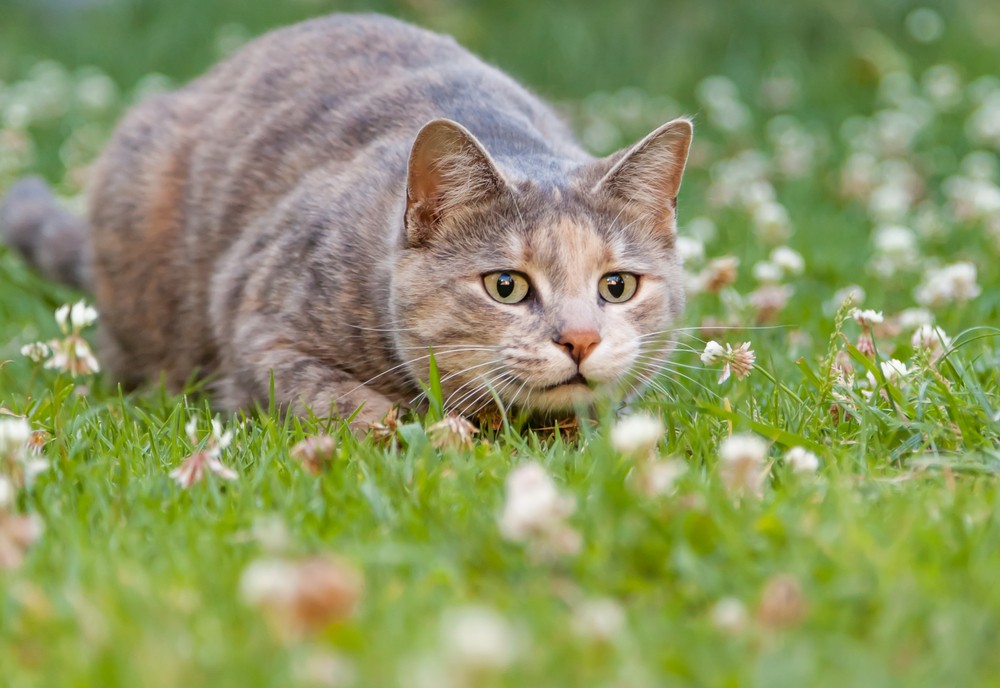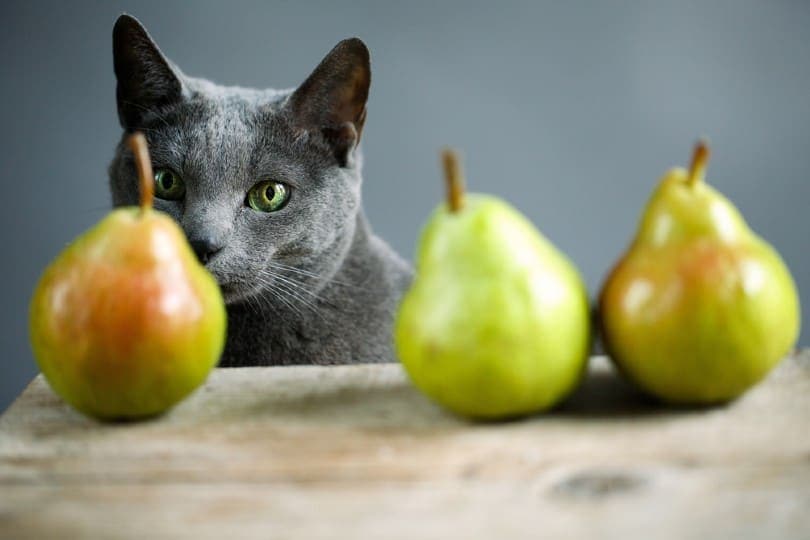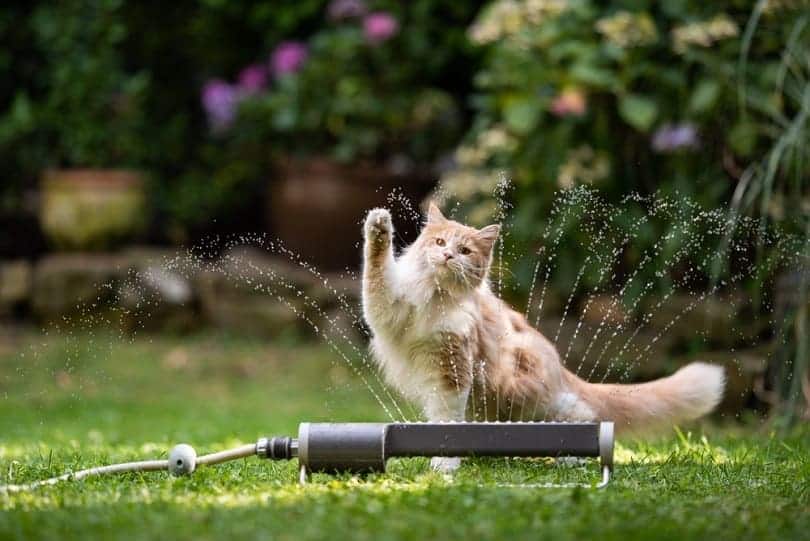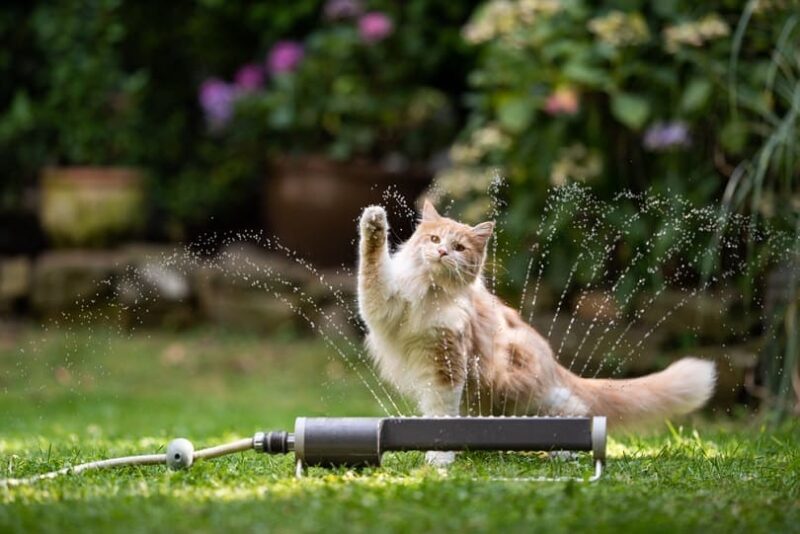If you have a cat, you’ve probably noticed that they are always interested in your actions. If you open the doors, bring in the groceries, or go upstairs, your cat probably follows you to see what you are doing and what you’ve brought home. They are often digging in bags or climbing into boxes.
If you try to wrap gifts or make the bed, they’re sure to sit right in the way to prevent you from completing your task. If you are interested in why your cat exhibits this endlessly curious behavior, keep reading while we list several reasons that could be behind it.
The 7 Possible Reasons Why Cats Are So Curious
1. They Are Intelligent
Your cat might be curious because curiosity is a natural result of being intelligent. Cats can learn to understand several words, and you can train them to perform several tricks, though they are often not as motivated to learn as dogs.
They’re intelligent enough to communicate their needs to others in their environment, including humans, cats, and dogs. Your cat may simply be trying to learn and retrieve information about their surroundings when they are curious.
2. They Are Territorial
Cats are incredibly territorial and spend much of their day sitting in a spot that gives them a clear view over their domain. If they can’t see it all from one position, they will switch places throughout the day to give each section adequate surveillance.
There is a good chance that your cat is so nosy because you are moving about or bringing new items into their territory, and they want to inspect the situation so they know what is happening in their kingdom.
3. They Are Hunting

If you are wondering why your cat is sneaking around behind your television, in your closet, or behind the sofa, you may be witnessing the emergence of their primal instinct to hunt for food.
In the wild, cats eat several small meals a day and search every nook and cranny for anything that they might be able to find. The area behind your television is the perfect hiding spot for a mouse, and your cat knows it.
4. They Are Seeking Cover
Another reason your cat might be exploring out-of-the-way places is that they are looking for a hideout place. If you have more than one cat, your cat will likely look for a spot to get away for a few hours.
Cats also play by chasing each other around the home, so your cat could be looking for places to hide later. Cats like to wait in a hidden location until the perfect time to jump out at you, which could be what your cat is looking to find.
5. They Are Looking For Attention
Cats often like to be underfoot because they are looking for attention. If you’ve spent the day shopping or if your cat has been asleep for a few hours, you may find them rubbing against your legs.
It’s most likely because they are happy to see you and looking for attention. Cats that want you to pet them will jump on your lap, try to get on your keyboard, and generally be a nuisance.
6. They Are Hungry

If your cat is following you around, rubbing your legs even after you pet them, there is a good chance they’re looking for food or a treat. If you gave your cat a treat around the same time yesterday, there is a good chance they are looking for a repeat occurrence. Cats learn how to manipulate you into giving them food pretty quickly.
7. They Are Learning About Us
We all love our pets but rarely consider how much they love us back. Your cat is curious about what you are doing because they are trying to learn more about you. If they enjoy being with you, they are probably looking for more attention. It makes sense that since you spend so much time inside your cat’s territory, they want to learn more about you.
Summary
While no one can be sure what goes on in your cat’s mind, one or more of these reasons is at least partly behind your cat’s curiosity. We’ve found cats often look for food when they are under our feet and rubbing up against our legs. If they are hopping on our lap and stepping on our keyboard, they want to be petted, and if they are rustling behind the television, they are hunting.
We recommend monitoring your cat for a few weeks and writing down what you notice to see if you come to the same conclusion. We hope you have enjoyed reading this article and have learned something new about your pet. If you agree with this list, please share these seven reasons your cat is so curious on Facebook and Twitter.
Featured Image Credit: Nils Jacobi, Shutterstock












